Transfer of Your Home and Medicaid Eligibility 2024
When it comes to Medicaid eligibility in New York in 2024, the transfer of your home can have significant implications. Medicaid is a crucial government program that provides healthcare coverage to individuals with limited income and assets. However, to qualify for Medicaid benefits, applicants must meet certain financial eligibility criteria, including limits on income and assets.
Understanding Medicaid Eligibility Criteria
Medicaid eligibility criteria vary from state to state, but in New York, individuals must meet specific income and asset limits to qualify for benefits. The value of the applicant’s assets, including their home, is taken into account when determining eligibility for Medicaid.
One of the most common misconceptions about Medicaid eligibility is the treatment of the applicant’s primary residence, or “home.” While Medicaid typically does not count the value of the applicant’s home as an asset when determining eligibility, this exemption may be subject to certain conditions and limitations.
Transferring Your Home and Medicaid Eligibility
Many individuals facing the need for long-term care consider transferring ownership of their home to family members or loved ones as a strategy to protect their assets and qualify for Medicaid benefits. However, transferring your home can have complex implications for Medicaid eligibility, and it’s essential to understand the rules and regulations governing such transfers.
In New York, Medicaid has strict rules regarding the transfer of assets, including the applicant’s home. Transferring ownership of your home to another individual, such as a family member, may result in a period of Medicaid ineligibility known as the “Medicaid penalty period.” During this period, the applicant will not be eligible to receive Medicaid benefits for long-term care services.
Navigating the Medicaid Transfer Rules
To navigate the Medicaid transfer rules effectively, it’s essential to plan ahead and seek guidance from an experienced elder law attorney. An attorney can help you explore legal strategies to protect your assets while preserving your eligibility for Medicaid benefits.
Some common strategies for transferring your home without jeopardizing your Medicaid eligibility include:
- Irrevocable Trust: Transferring ownership of your home to an irrevocable trust can help protect it from being counted as an asset for Medicaid eligibility purposes. However, it’s important to establish trust well in advance of needing long-term care services to avoid the Medicaid look-back period.
- Life Estate: Retaining a life estate in your home while transferring ownership of the remainder interest to a family member can also be an effective strategy. This allows you to continue living in your home while ensuring that it passes to your chosen beneficiary upon your death, thereby protecting it from Medicaid recovery.
- Caregiver Exception: If you have a child or other family member who has lived in your home and provided care for you for at least two years, you may be eligible for an exemption from the Medicaid transfer rules under the caregiver exception. This can allow you to transfer ownership of your home without triggering a penalty period.
Consult with an Experienced Elder Law Attorney
When considering transferring your home and Medicaid eligibility, it’s crucial to consult with an experienced elder law attorney who can provide personalized guidance based on your specific circumstances. An attorney can help you navigate the complexities of Medicaid rules and regulations, evaluate your options for protecting your assets, and develop a comprehensive estate plan that meets your long-term care needs.
At Morgan Legal Group, we understand the complexities of Medicaid planning and estate law in New York. Our team of experienced attorneys is dedicated to helping clients protect their assets, preserve their eligibility for Medicaid benefits, and plan for a secure future. Contact us today to schedule a consultation and learn how we can assist you with your Medicaid planning needs.









